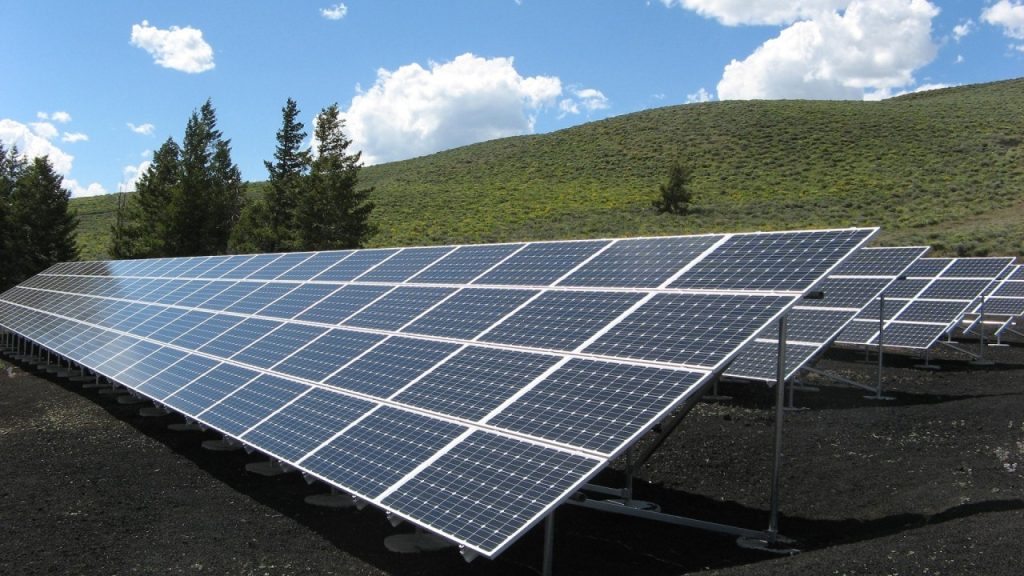In the ongoing global transition to cleaner, more sustainable energy sources, understanding the competitive dynamics in the renewable energy market presents immense value for investors, policymakers, and the broader public. The renewable energy market comprises various types of renewable energy sources such as solar PV, wind energy, and more, which help in combating the adverse effects of fossil fuel consumption. The Economics of Renewable Energy: Cost Trends and Market Dynamics plays a crucial role in shaping the market’s competitive landscape.
Status and Prospects of Renewable Resources
The prospects and current status of renewable resources are promising. According to recent data from the International Renewable Energy Agency, renewable power generation capacity had a significant boost. The total renewable generation capacity globally has soared, thanks to the remarkable growth in solar PV and wind power installations.
With the robust momentum and broadening acceptance of renewable power, there is a general understanding that renewable energy has a bright future. As stated by the Department of Energy, the renewable energy sources like solar and wind can shape the energy future by reducing the dependency on conventional energy sources like natural gas, which is a type of fossil fuel.
The Value of Renewables: Costs and Economics
The high levelized cost of renewable energy has been one of the significant barriers to its adoption. However, now, as per the International Energy Agency (IEA), the costs of both renewable electricity generation and the energy system have been declining steeply, making renewable electricity competitive with traditional fossil fuels. With the falling cost of utility scale solar technology and wind turbines, the average cost of producing renewable electricity is closing in on the marginal cost of fossil fuel-based power generation.
Renewable Energy Transition: Policy and Practice
The renewable energy transition refers to the globally observed shift from fossil fuels to a dominant regime of energy sources such as wind energy and solar PV. This energy transition is driven by factors including reducing CO2 emissions, climate policy mandating the use of clean energy, and technological advancements in energy technologies. Besides, the transition is also accelerated by governmental actions like the United States’ Department of Energy’s commitment to promoting renewable power.
Current Costs and Projections of Renewable Electricity
Costs of renewable power around the world are set to continue to fall with wind and solar PV reaching parity or undercutting fossil fuels, depending on the levelized cost of energy. Over the past decade, the renewable electricity prices have been on a downhill trend, thanks to significant improvements in solar PV and wind turbines technology. With the increase in power generation from wind and solar PV, agencies like the International Energy Agency IEA predict that electricity prices will continue to decline in the coming years.
Renewable Electricity Market: Player Composition and Structure
The renewable electricity market includes a diverse set of players ranging from traditional utility-scale power plants to residential homeowners with solar PV installations. Power generation companies contribute the majority of renewable electricity supply, while individual homeowners supplying excess solar output to the grid via net metering schemes represent a small, yet growing portion of electricity markets.

Renewable Energy Investment: Trends and Future
Investment in renewable energy has consistently grown over the past few years. Driven by decreasing renewable energy costs and the push for a low carbon energy mix to tackle climate change, investors are aggressively channeling funds towards wind and solar projects. According to recent investment reports from the Department of Energy, renewable energy is projected to attract more investments than fossil fuels in the coming years.
Environmental Policies Impacting Renewable Energy Market
Environmental policies are a key driver impacting the growth of the renewable electricity market. Policies aimed at reducing greenhouse gas emissions, such as carbon capture and storage regulations, can incentivize renewable electricity generation and penalize fossil fuel-based power. A variety of climate change reduction targets and renewable energy targets encourage the energy generation through renewable sources.
Effect of Policies on Costs and Economics of Renewable Energy
Government subsidies and policies favoring clean energy often lower the costs of renewable energy technologies, making them a viable, cost-effective alternative to traditional coal or natural gas power plants. The International Energy Agency suggests that strong policy support has been a major contributor to the falling cost and growing capacity additions of renewables. The more favorable the policy environment, the lower the levelized cost of renewable energy.
Renewable Energy Market Expansion: Data and Statistics
A report from the International Energy Agency shows that renewable energy accounted for the majority of capacity additions in the energy sector in the recent years. Moreover, data from the United States’ Department of Energy reveals that renewable sources account for one of the fastest-growing energy sources, mostly due to a substantial increase in wind and solar PV installations.
Global Renewable Generation Capacity: Current Standing and Predictions
Currently, the global renewable generation capacity is healthy and shows promising signs of growth. Data from the International Renewable Energy Agency shows that renewable generation capacity has increased steadily over the past decade, with solar and wind energy making the largest contributions. As the world continues to focus on sustainable energy sources and lowers dependency on coal and natural gas, the global renewable generation capacity is set to increase. A future with more renewable energy sources like solar PV and wind energy looks promising and is a vital part of a cleaner, healthier, and more sustainable energy future.

